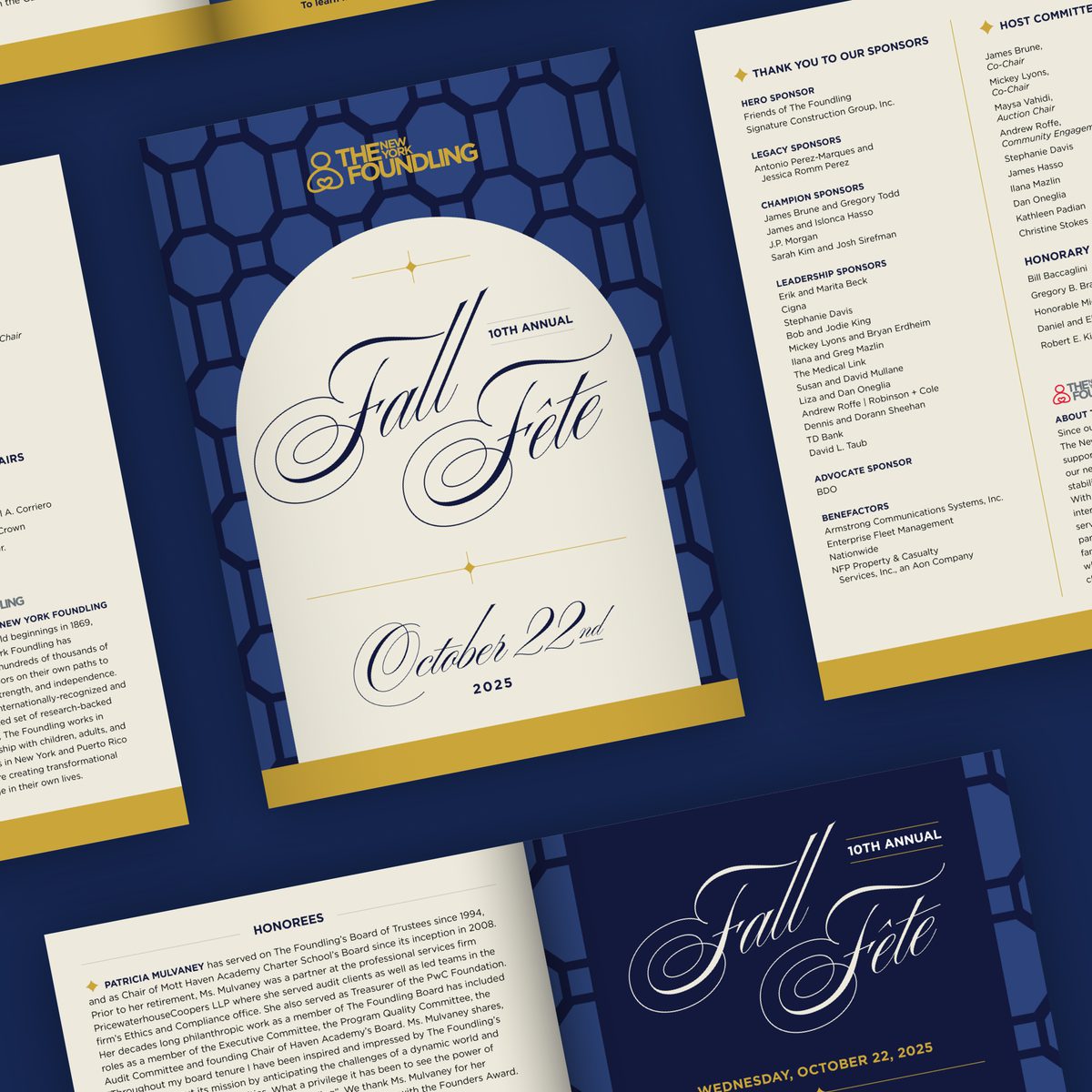- Expand Your Marketing and Outreach

- Tips for Your Team
Signs that it is time to redesign your nonprofit’s website
When you look at your organization’s website how do you feel? I mean, how do you really feel?
Does it make you feel confident?
Do you feel like the website has your back to showcase all the hard work you are doing?
Is publishing a new page or post easy and fulfilling?
Are you able to maintain and evolve the website with reasonable budgets?
No to any of these? No, to them all? This is a key sign it is time for redesign.
Why all these questions about websites and confidence? Because this is a key test to know when it is time to start thinking about a redesign. If your site doesn’t inspire confidence, then it doesn't reflect the quality of the good work you are doing. This is a disservice.
For nonprofits, a website that instills confidence is critically important. If it inspires confidence in you then it is far more likely to do so for your site visitors.
So, let’s get into this as we explore some of the specific reasons a site may be a confidence buster.
What are some reasons to consider a redesign?
When visual design fails to reflect your quality
Sometimes all it takes is a quick glance at your site to feel that the look and feel is not quite right. Maybe your website looks like it belongs to a bygone era. Like it doesn’t know what the words “modern” or “timeless” to describe an aesthetic mean. Minimalism? Dynamic user interfaces? Those tastes of animation that help your content sparkle? If your site says, “What are these things you speak of?” well, then it is could be time for a redesign.
Maybe your design is not that bad but your organization’s branding feels a little all over the place. Inconsistencies in colors, logos, or style can bring the site experience down.
Redesign may be just what is needed.
When your content organization is not serving your audience's needs
Maybe you’ve heard through grapevine or just have that intuition that your site is just not easy to use. The needs of your audience are not being met. Visitors can’t find what they need or it’s just too hard to track things down.
Maybe the navigation is too crowded, the section titles not so clear. Is your website making visitors think too much … and not in a good way?
These are all important issues that might merit a redesign to resolve them.
When managing your content is a disappointing chore
Great content management is a combination of technology, thoughtful implementation of said technology, and careful consideration of the structure of site content. Maybe the interface you have to work in is not intuitive. Maybe you have to refer to a tome of a manual to remember how to create a page. Is keeping your content on brand a chore? Is there too much flexibility (the big WYSIWG editor with every option) and someone keeps making text red and big when they shouldn’t?
Sometimes the issue with a content management system is what you can’t do with it. Your website should be a platform where you can tell your stories and share resources. If adding a call to action or a grid of logos to showcase your partners to a page requires you to be a developer, it can be frustrating and expensive.
These are all good reasons to consider a redesign.
When your site’s technology is failing at being modern
The expectations of a modern website are always evolving. In recent times the requirements seem to keep piling up. This is not a bad thing, it just means a lot of care needs to be taken when building a website to rise to the challenge.
A nonprofit site today is responsively designed to work well on mobile devices, accessible, fast, secure, search engine optimized, and soon, we believe, will need a low carbon footprint.
- Responsive Design - A website that isn't mobile-friendly will deliver a poor user experience for those on a phone or smaller tablet. Responsive design ensures the same content and a quality experience no matter the size of the web-enabled device that is being used. Thoughtful responsive design and coding make this possible.
- Accessibility - A website should be accessible to all, including those with disabilities. Not doing so is a missed opportunity and likely a liability. For most nonprofits, inclusivity should be in alignment with mission and the website is an expression of that. A combination of thoughtful coding practice and informed web authors are foundation for an accessible site.
- Loading Speed - Seconds do matter — a slow website can frustrate users and harm your search engine rankings. A slow website is an issue of access to those who are on mobile devices and/or don’t have the fastest of fast connections. Smart use of technology, coding practices, design, and great hosting help produce a fast site.
- Security - Keeping a site secure is a combination of technology choices and maintenance. Using technology that is well supported and not relying on too many plugins is important. Being able to have support that regularly updates the site’s technology to keep in current is critical.
- Search Engine Optimization (SEO) - A strong technical SEO foundation plays an import role in helping your content be found in search. Helping to ensure your content has the appropriate metadata and a sitemap efficiently can help you be consistent in checking off the technical SEO requirements. Informed authors who know how to create thoughtful content can build on this solid foundation to set up an organization to maximize chances of getting found.
- Carbon Footprint - Websites use energy to deliver and render in a visitor’s browser. As such, websites have a carbon footprint. Like accessibility being added to grant requirements, we expect that having a site with a low carbon footprint will follow this trend. Green web hosting, lean code, reserved use of imagery and video all factor into reducing a site’s carbon footprint.
If you are not confident that your site is addressing these topics well, then a technology and coding redo may serve you well. These can all go a long way towards reaching your audiences and giving them a positive experience.
When your site is not built to convert and grow
A beautiful website is foundation (at least that’s our opinion 😊); however, if not built to convert and grow to support the strategies and tactics of the years following launch, what’s the point?
If you can’t create that call to action, or bring attention to a timely event, or switch up your donation campaign, or adjust your content to support Giving Tuesday without wrangling with your tech, then your site is not working for you. These and more are all confidence deflaters for sure and a sign to rethink your website.
Not all websites are built to be easy to maintain and more notably, easily evolved. Sites with lots of plugins can be a bear to work with. We have invested in technologies and approaches to build sites that are easier and more cost effective to evolve. It pains us to see a site for a smaller organization that is left to stagnate or is too complicated that updating costs thousands of dollars. Over engineered or plugin heavy sites that have complicated development needs without budget to support become dated and downright irrelevant quickly.
A website redesign can take many shapes and sizes
We have worked on sites that needed the works — a complete overhaul of technology approach, user experience, information architecture, navigation architecture as well as the website design.
We have also worked on sites where the design only needed a little polish and revision. Where the focus was on streamlining the technology and revising the visitor’s experience. Where the site was rebuilt to evolve over time to meet the changing needs of the audience and organization.
Not every website needs a full redesign or a full rebuild and technology change.
When looking for signs of whether it is time to redesign, keep in mind that a redesign effort can take many forms and of course budgets. Exploring and researching where your current site is falling short and what it would take to get it into confidence boosting shape is a great first step to determine what is uniquely needed for your website.
Building confidence through digital presence
A website redesign should be about creating a tool that boosts the confidence of your team who is publishing to it or sharing it out to ensure it represents all of your hard work, well. Confidence comes from the design, the technology, and the knowledge you are offering a useful solution for all your diverse audiences.
We want to see our nonprofit, foundation, and social good client partners have a beautiful, modern website that is built to grow with them. A site with a team behind it, that can support it and evolve it to continue to be relevant and effective for years post launch.
More Articles
- Expand Your Marketing and Outreach
A thoughtful approach to nonprofit event branding
- Expand Your Marketing and Outreach
Expert-backed tips to boost donations through your website
Mightier Newsletter
Join our community of nonprofiteers and the partners that support them. Our monthly newsletter includes resources with small and mighty teams in the social sector in mind – sharing tips to help with content creation, website use, marketing, and more.
SubscribeBrought to you by MOD-Lab
At MOD-Lab, we're the thoughtful design partner for small teams like yours doing big things in the social sector. We create memorable branding, design materials, and websites that showcase the quality of your work and reflect your true impact.


